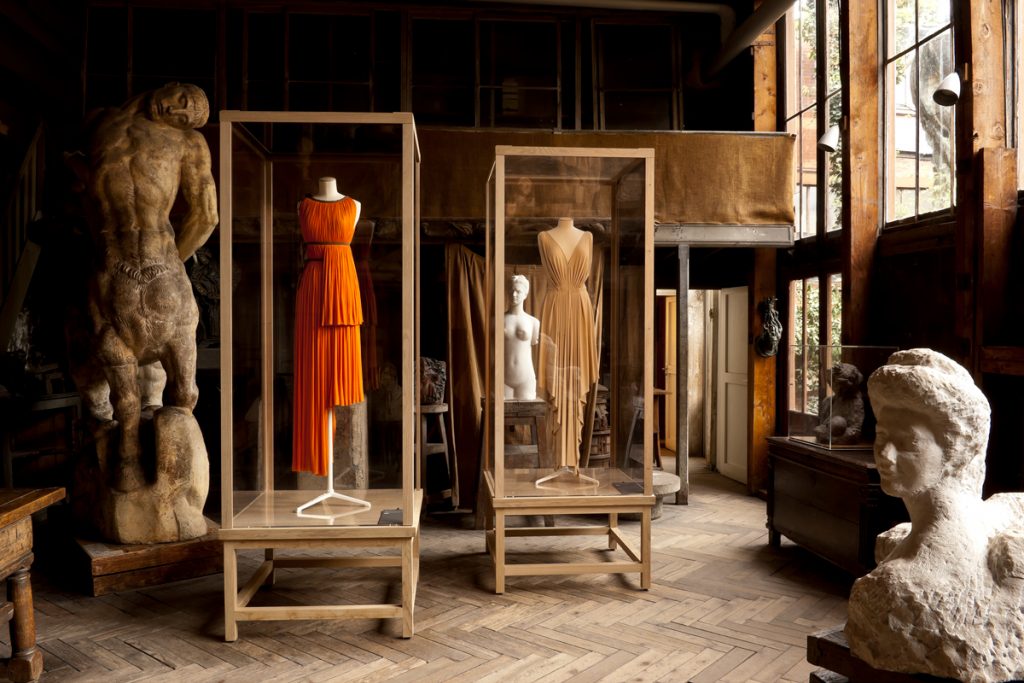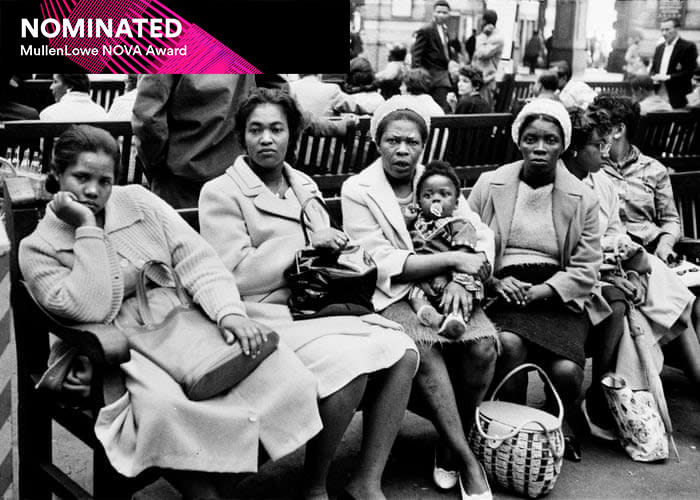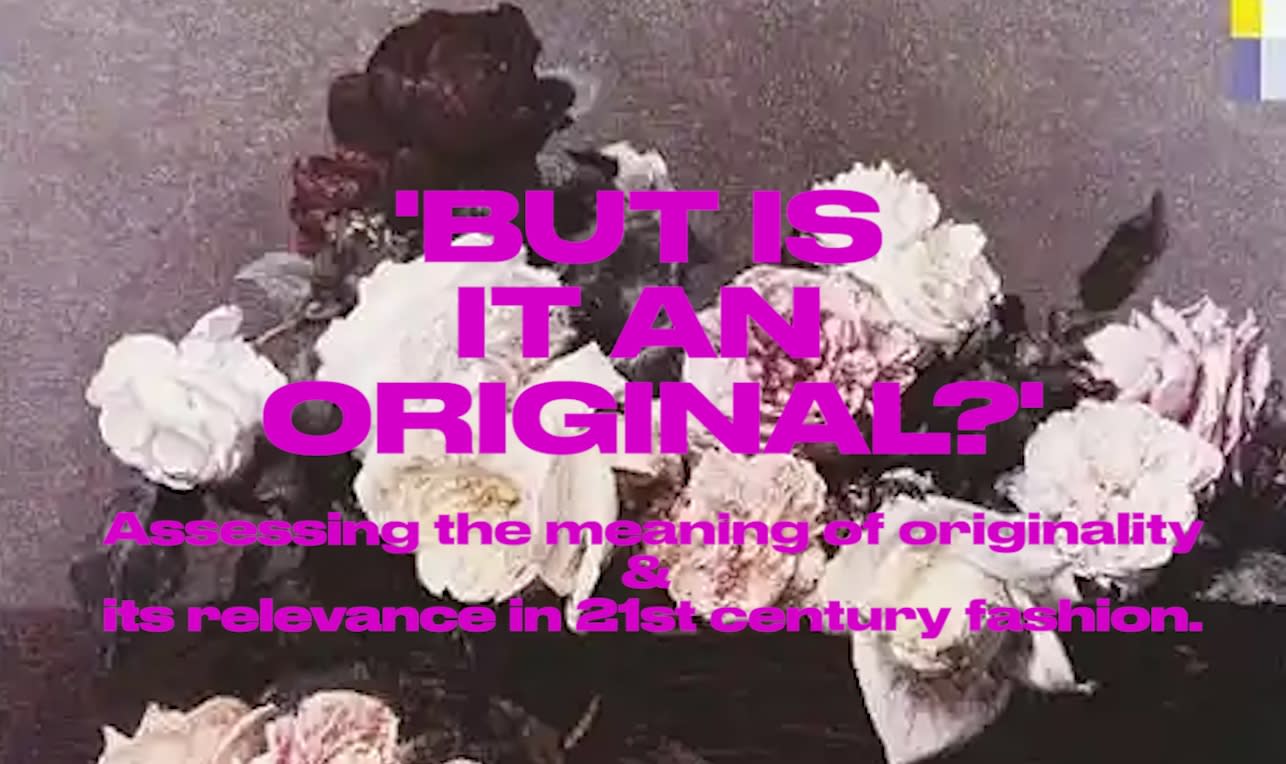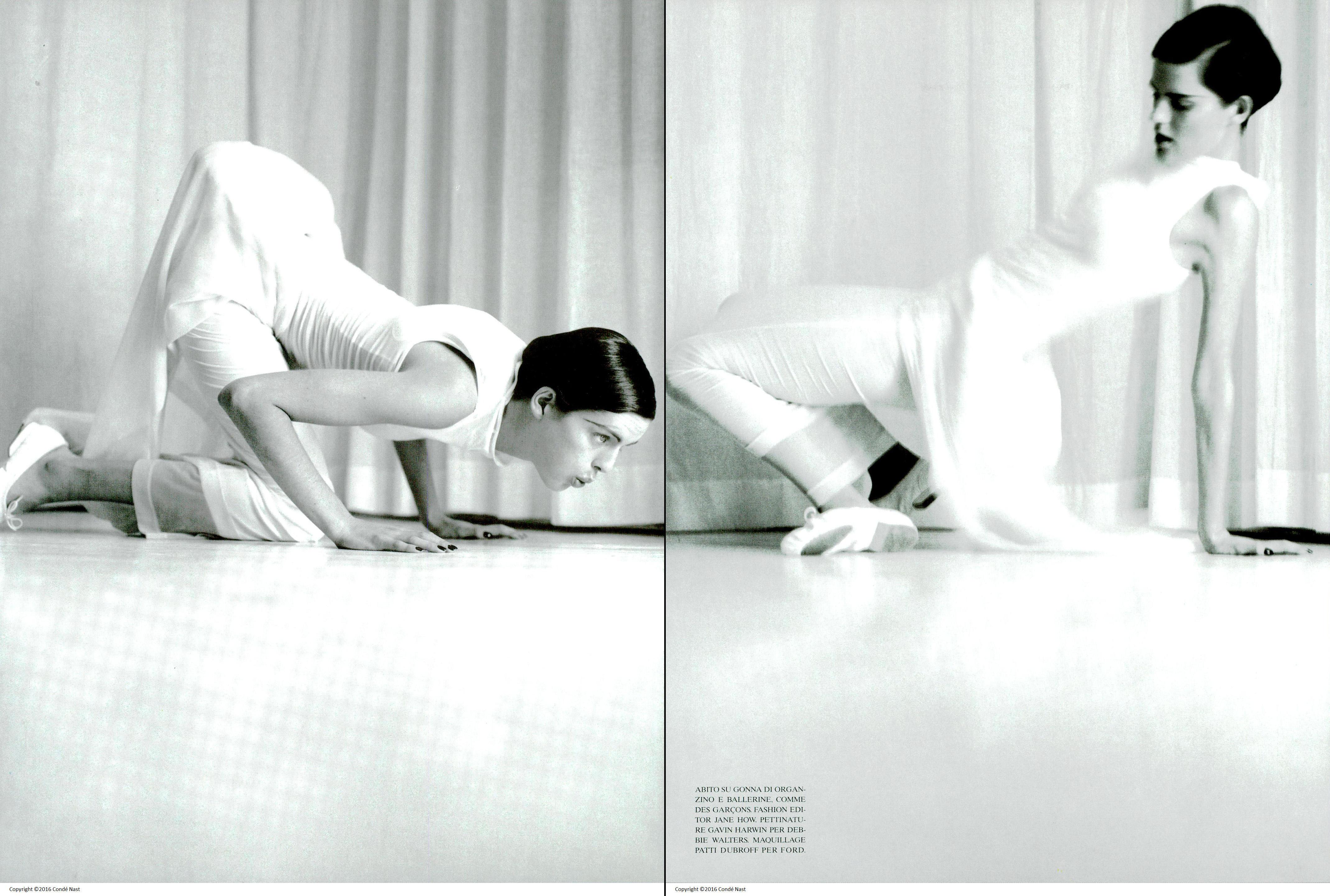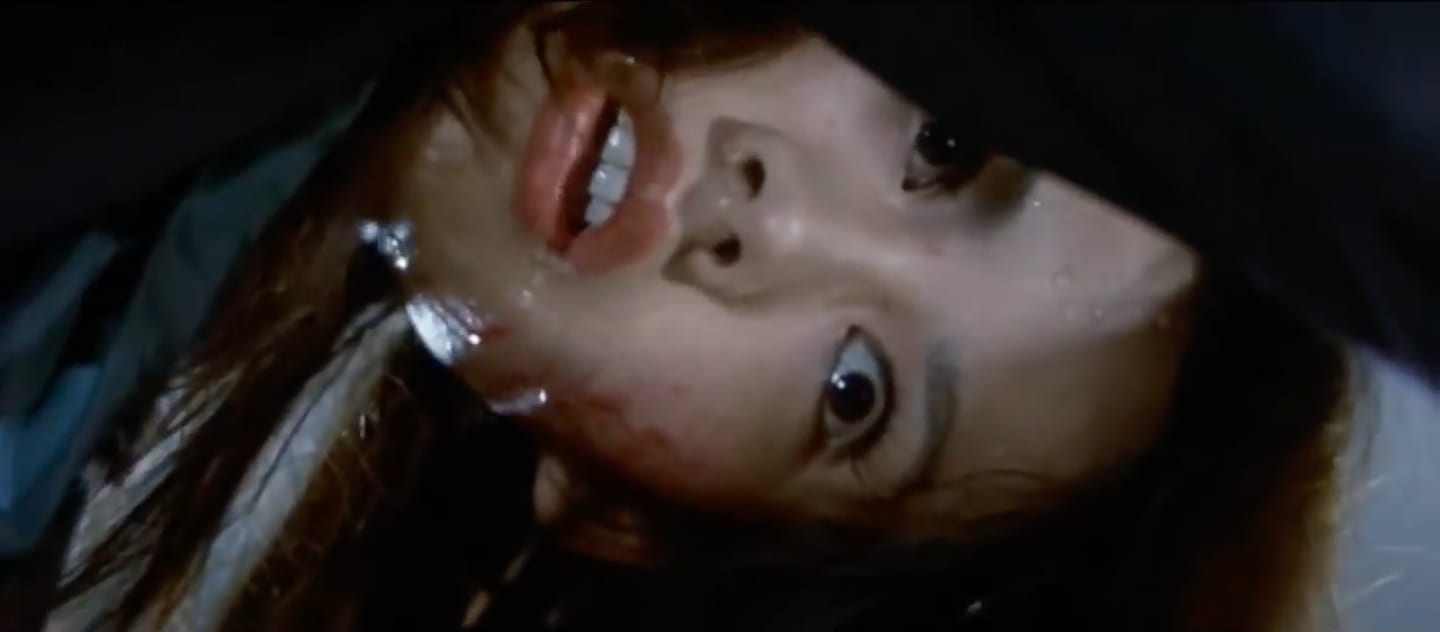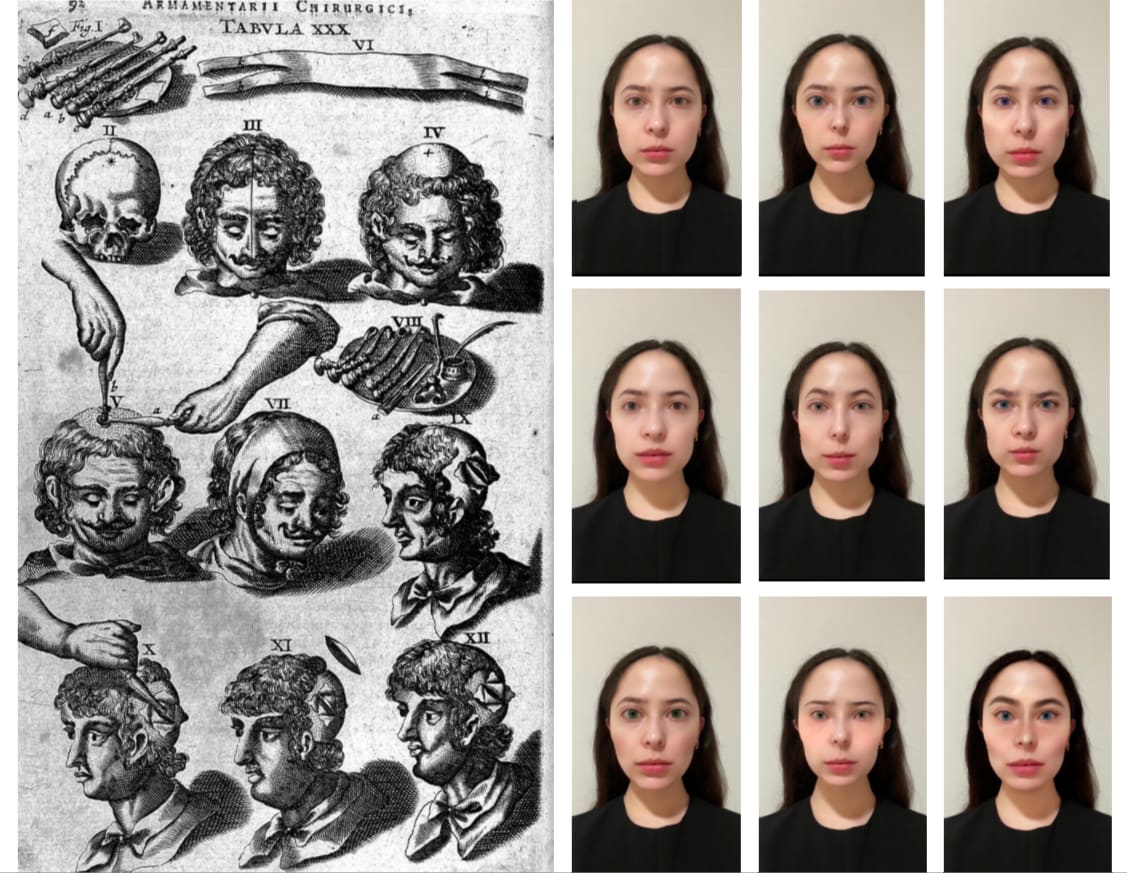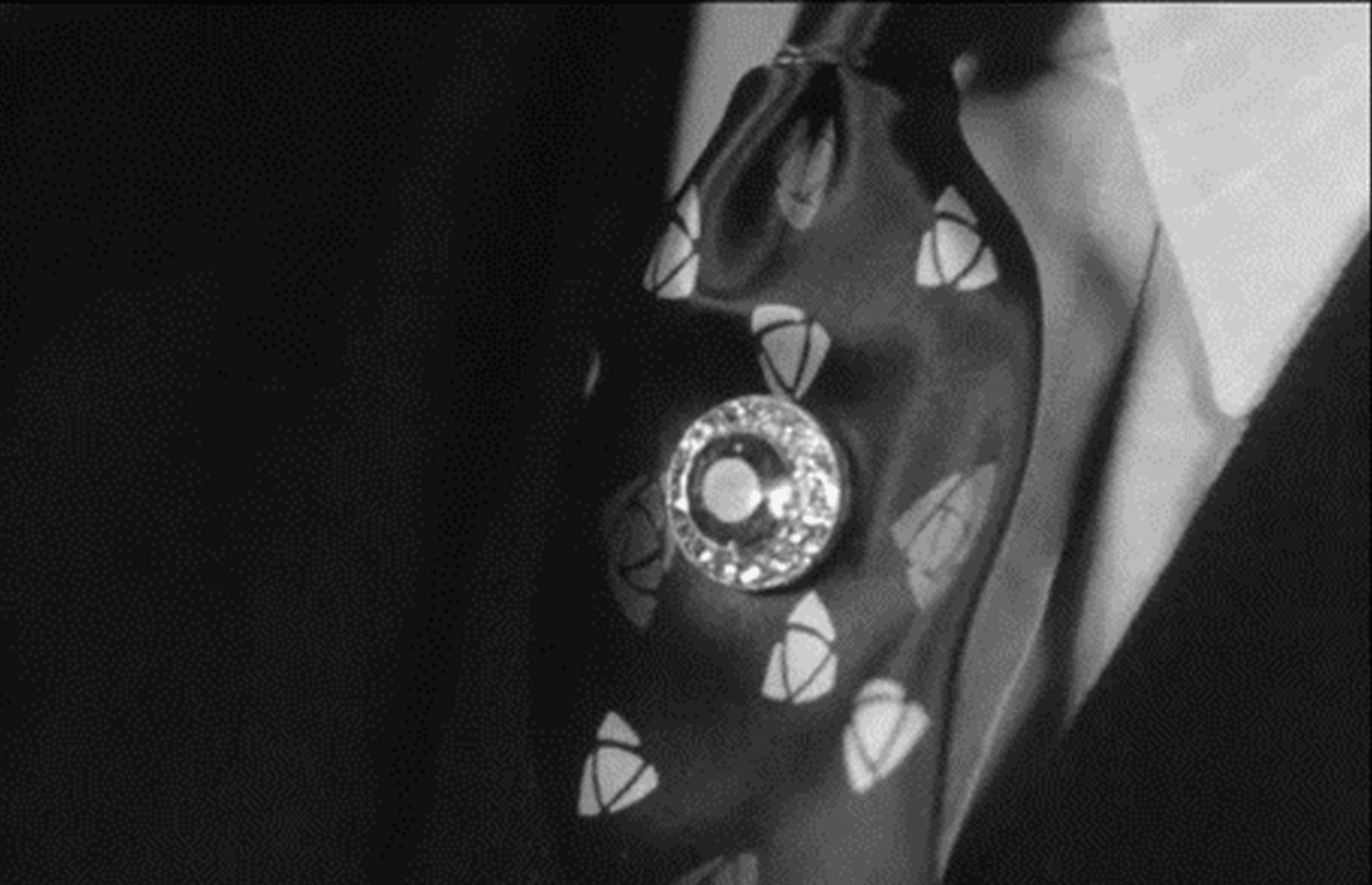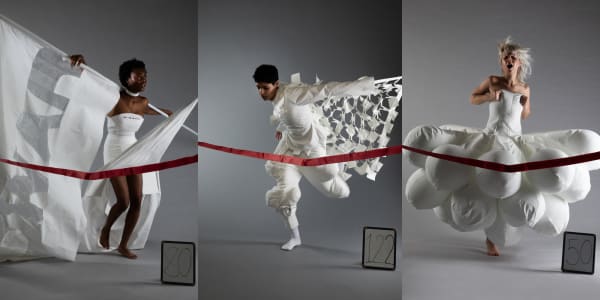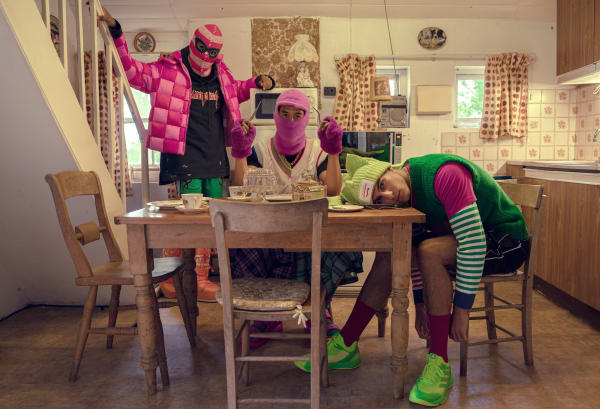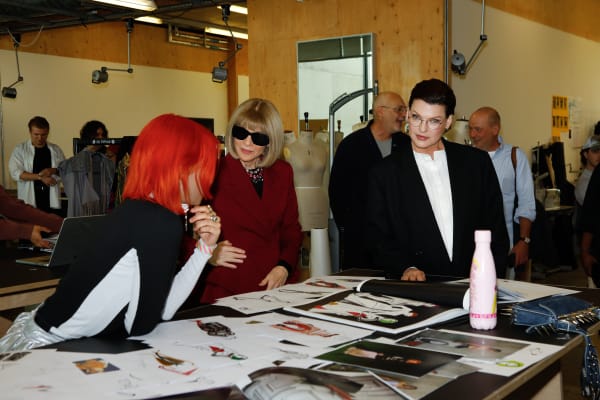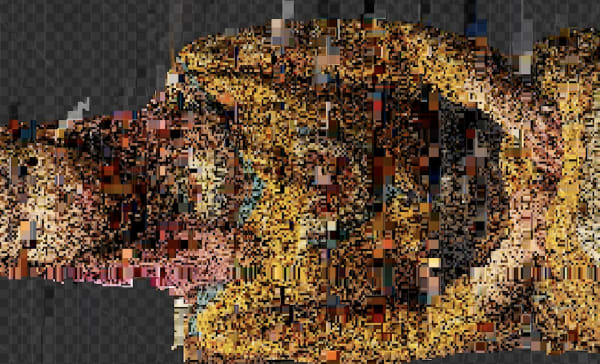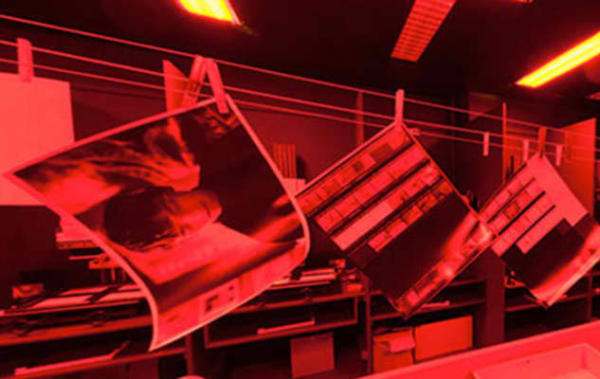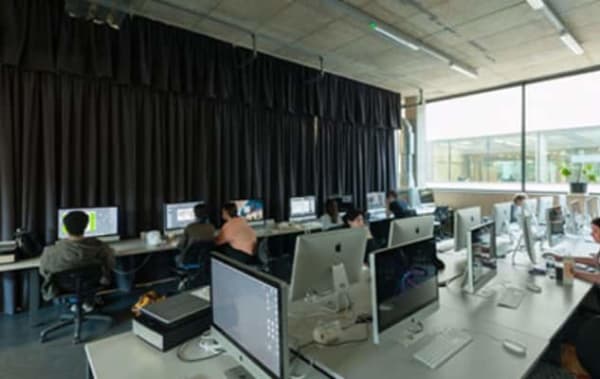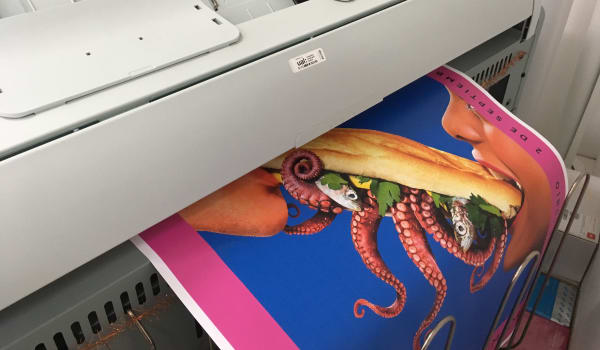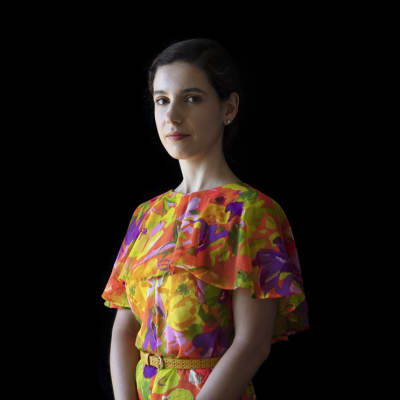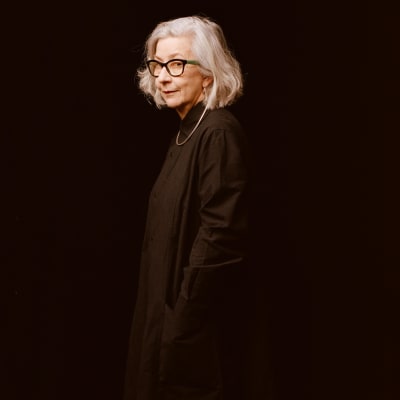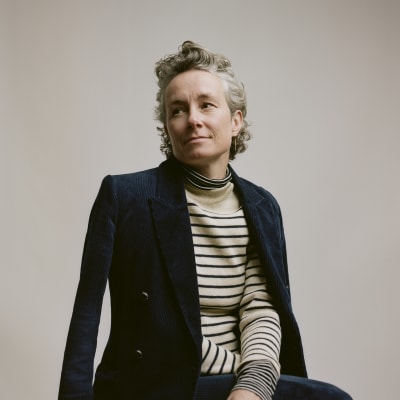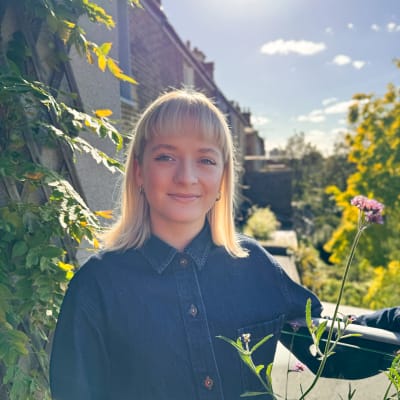Course units
BA Fashion Communication’s three pathways focus on the communication of fashion. This structure complements its sibling course BA Fashion Design, which has five pathways with design at their core. An important part of the BA Fashion Communication curriculum is cultural studies. This offers a range of ideas, skills and learning resources to critically analyse the social meaning of objects, images, spaces and practices in art, design, media and popular culture. This also provides opportunities to work with students from other courses. Research and communication skills acquired in this part of the course will equip you with key skills expected of graduates.
On the Histories and Theories pathway, you will use a range of methodologies to analyse sources. You will draw upon approaches from cultural theory and material history among other disciplines. You will study fashion as image, object and text. You will be asked to consider the design, manufacture, promotion and consumption of fashion in relation to relevant social, historical and cultural contexts. While this pathway analyses the history of fashion, it is also concerned with the contemporary fashion industry. You will work with students from the other fashion pathways on projects. This will enhance your understanding of design processes, communication and promotion, resulting in stimulating connections between theory and practice.
Stage 1
Unit 1: Introduction to the Fashion Programme and to Studying at CSM
Unit 2: The Development of Fashion from Renaissance to Present Day – part 1
Unit 3: The Development of Fashion from Renaissance to Present Day – part 2
Unit 4: Cultural Histories and Theories (Fashion)
Stage 1 will provide a foundation in western fashion history and theory from the Renaissance to the present day. You will be introduced to the unique skills on your pathway. You will also learn about the other pathways and those on BA Fashion Design. An important function of this stage is to encourage you to research, explore and develop your individual strengths and approaches to your subject.
Stage 2
Unit 5: Research Methods and Approaches (Fashion)
Unit 6: Fashion Communication: New Perspectives – Special Subject 1
Unit 7: Fashion Communication: Creative Collaborations – Special Subject 2
Unit 8: Positioning, Professional Perspectives and Preparation
Stage 2 takes you into your pathway in depth, enabling you to develop a variety of approaches. You be expected to produce individual and experimental responses and to complete an extended piece of academic research and writing. There will be opportunities for pathway specific and collaborative projects. Through a combination of formal tutorial guidance, seminar, lectures, personal research, independent study and team projects, you will explore the breadth of your subject and develop your individual talents in relation to it.
Stage 3
Unit 9: Contextual Studies – Group Project
Unit 10: Thesis Research Survey
Unit 11: Thesis
This stage focuses on the further development of your independence. You will develop and complete your thesis and group project. You will expand your understanding of the relationship between your main study area and the wider fashion industry. You will also advance your writing skills by learning to produce articles for magazines or newspapers and writing press releases. In Unit 11, you will concentrate on your thesis and complete your degree work for examination.
Diploma in Professional Studies
Between Stage 2 and Stage 3 of the course there is an option for you to work with industry for the duration of an academic year (across three terms/two blocks) and complete a Diploma in Professional Studies. Whilst the Diploma is an optional aspect of the course, it is designed as an integrated and assessed part of your journey through the course, if you do take up this option. The Diploma results in a standalone qualification (rated at 120 credits), which involves researching, undertaking and reflecting on a 100 day/20-week (minimum) placement related to your professional interests and aspirations. The Diploma provides a valuable opportunity to make professional contacts and to develop your personal employability skills.
Mode of study
BA Fashion Communication runs for 90 weeks in full-time mode. It is divided into three stages over three academic years. Each stage lasts 30 weeks.
You will be expected to commit 40 hours per week to study, which includes teaching time and independent study.
Credit and award requirements
The course is credit-rated at 360 credits, with 120 credits at each stage (level).
On successfully completing the course, you will gain a Bachelor of Arts with Honours (BA Hons degree).
Under the Framework for Higher Education Qualifications the stages for a BA are: Stage 1 (Level 4), Stage 2 (Level 5) and Stage 3 (Level 6). In order to progress to the next stage, all units of the preceding stage must normally be passed: 120 credits must be achieved in each stage. The classification of the award will be derived from the marks of units in Stages 2 and 3 or only Stage 3, using a dual algorithm.
If you are unable to continue on the course, a Certificate of Higher Education (CertHE) will normally be offered following the successful completion of Level 4 (or 120 credits), or a Diploma in Higher Education (DipHE) following the successful completion of Level 5 (or 240 credits).
